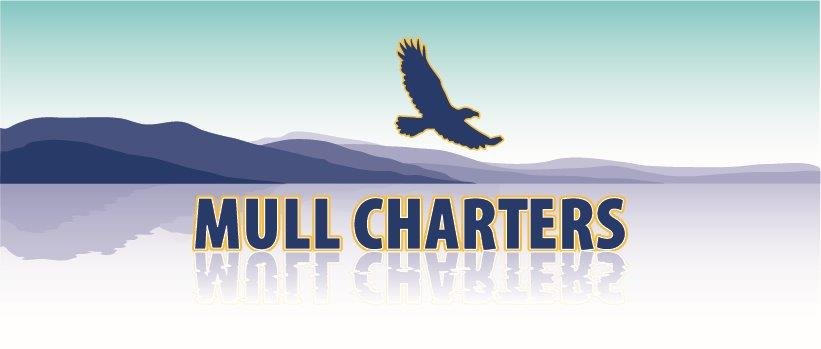
boat trips mull
charter boat, sunset cruise, evening cruise, fishing trips, sea fishing, wildlife, bird watching, sea trips, charter boat, sunset cruise, evening cruise, fishing trips, sea fishing, wildlife, bird watching, sea trips
Staffa from the Old Norse for stave or pillar island, is an island of the Inner Hebrides in Argyll and Bute, Scotland. The Vikings gave it this name as its columnar basalt reminded them of their houses, which were built from vertically placed tree-logs.
Staffa lies about 10 kilometres (6.2 mi) west of the Isle of Mull. The area is 33 hectares (0.13 sq mi) and the highest point is 42 metres (138 ft) above sea level.
The island came to prominence in the late eighteenth century after a visit by Sir Joseph Banks. He and his fellow travellers extolled the natural beauty of the basalt columns in general and of the island's main sea cavern which Banks re-named 'Fingal's Cave'. Their visit was followed by that of many other prominent personalities throughout the next two centuries, including Queen Victoria and Felix Mendelssohn. The latter's Hebrides Overture brought further fame to the island, which was by then uninhabited. It is now in the care of the National Trust for Scotland.
In pre-historic times Staffa was covered by the ice sheets which spread from Scotland out into the Atlantic Ocean beyond the Outer Hebrides. After the last retreat of the ice around 20,000 years ago, sea levels were up to 125 metres (410 ft) lower than at present. Although the isostatic rise of land makes estimating post-glacial coastlines a complex task, circa 14,000 BP it is likely that Staffa was a larger island, just off the coast of mainland Scotland, which at that time would have included what is now the Isle of Mull, Iona and the Treshnish Isles.
Steadily rising sea levels since that time then further isolated this little island, which is entirely of volcanic origin. It consists of a basement of tuff, underneath colonnades of a black fine-grained Tertiary basalt, overlying which is a third layer of basaltic lava lacking a crystalline structure. By contrast, slow cooling of the second layer of basalt resulted in an extraordinary pattern of predominantly hexagonal columns which form the faces and walls of the principal caves. The lava contracted towards each of a series of equally spaced centres as it cooled and solidified into prismatic columns. The columns typically have three to eight sides, six being most common. The columns are also divided horizontally by cross joints. Similar formations are found at the Giant's Causeway In Ireland, on the island of Ulva and Ardmeanach on the Isle of Mull. Grooves in the roof of MacKinnon's cave indicate either a pyroclastic flow or a series of eroded ash falls in the rock above the columnar basalt. The 'Staffa Group' is the name given to the series of olivine tholeiite basalts found in the vicinity of Mull which erupted 55-58 million years ago.
Staffa lies about 10 kilometres (6 mi) west of Mull, and 9 km northeast of Iona. It is longitudinally oriented north-south, and is a kilometre long by about half a kilometre wide. The circumference is almost 3 km in extent. In the northeast the isle shelves to a shore, but otherwise the coast is rugged and much indented, numerous caves having been carved out by rain, stream and ocean. There is enough grass on the surface to feed a few cattle, and the island contains a spring. Puffins are a great favourite with visitors because of their brightly coloured beaks and clownish appearance. They spend most of the year at sea, returning to land from April to July to breed, and going away again in early August. They arrive offshore in March/April, gathering in 'rafts' on the sea, and then gradually come ashore to start nesting. They nest in burrows at the top of the cliffs, and will use the same burrow year after year. A single egg is laid, and hatched in May/June.
-->